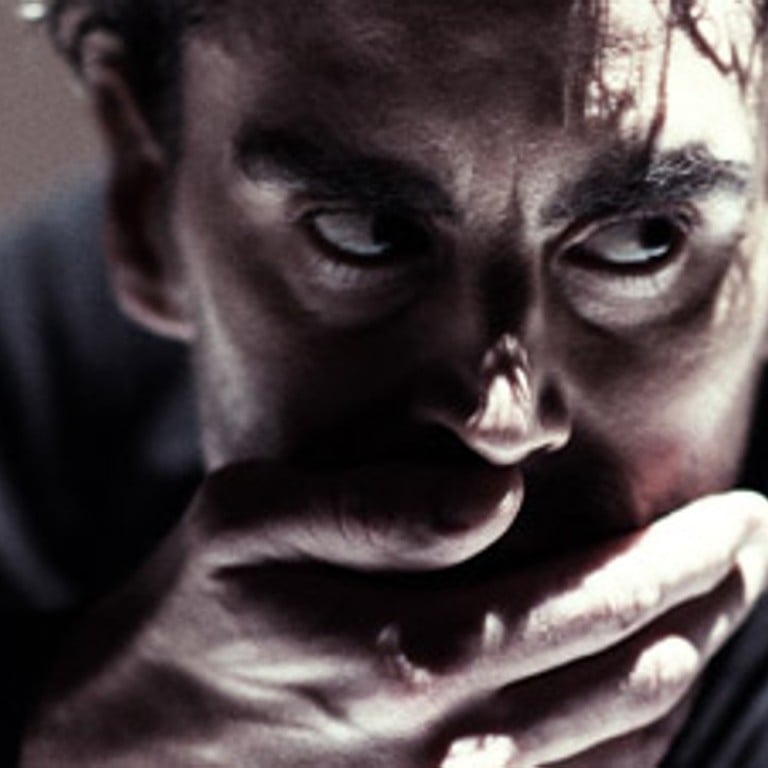
Nederlands Dans Theater takes dance inspiration from ancient Chinese shamanic text, the Book of Changes
Letting the great forces of the world roll through us can lead to brilliance. Not just ordinary material brilliance, but something deeper, that can sustain and represent life
When Nederlands Dans Theater presents Safe As Houses during their Asian tour this autumn, they will be following on a well-lit path of using the ancient Chinese shamanic text, the I Ching – (also known as the Yijing or in English the Book of Changes – to create an extraordinary modern dance piece.
The I Ching is said to have begun more than 3,000 years ago, on a cloudy mountaintop in Shensi province where a famous oracle spoke to people seeking an answer to their questions.
It works on a system of 64 different “hexagrams” each made of six lines that are either yin (broken) or yang (unbroken), and for each reading there is usually a second hexagram, where some of the lines have shifted or changed to make a different message.

The radical American contemporary choreographer, Merce Cunningham, who died in 2009, regularly consulted the I Ching to decide the order that his dancers should make certain steps, or in what order they would come on stage.
“Things come up that one could say were physically impossible,” Cunningham said, “but I always try them and in the act of doing, I find out something I didn’t know.”
The idea was to jumble up the order of things, to leave things to chance so fate decided what was the most important, not him. In that way, he believed, he could avoid cliché.
“Chance was a way of working which opened up possibilities in dance that I might otherwise have thought impossible.”
Cunningham’s partner for many years was the composer John Cage. They made a formidable couple. Cage also consulted the I Chingto help him compose something that found its randomness in a system, even though it was not his system.
He studied Zen Buddhism in the 1940s, then around 1950 his teenage pupil Christian Wolff (who later became an experimental classical composer himself) gave him a copy of a new translation of the I Ching, which Wolff’s father had published.
He used the book for his personal questions as well as for his professional process.
“I generally say ‘What do you have to say about this?’ and then I just listen to what it says and see if some bells ring or not,” the composer said in an interview in the book Conversing with Cage.
Hong Kong’s own leading contemporary choreographer Pun Siu-fai was inspired by the Book of Changes when he created the extraordinary piece Duchamp in the I-Ching Mirror for the Guangdong Modern Dance Festival.
He imagined what the early 20th century French-American artist Marcel Duchamp would have made of the I Ching. Duchamp was perhaps best known for buying a urinal, signing it, and calling it a Fountain. Through the dance piece, Pun mixes Duchamp’s story with the sense of mirrors and chance, to question what is illusion, and what is reality.
Safe as Houses takes the I Ching from a different starting place. It begins with three dancers, dressed in black, standing in silence.
Then, first slowly and then with great energy, the lights come, and they start to move to the mathematical, rich music of Johann Sebastian Bach, against a backdrop of white silk screens.
It will have its Hong Kong premiere at the Kwai Tsing Theatre on November 11 and 12, but it was created 16 years ago in 2001, soon after the events of September 11, 2001.
“When we made this piece, a lot of people in the industry were saying, ‘Oh! This is your response….’ It was not, directly. But we did carry of course so many of the feelings that were [felt] at that time,” said co-choreographer Paul Lightfoot, NDT artistic director.
He said the piece is about how nothing in life is for sure. “We created a … theatrical space that also dealt with these ideas of the Book of Changes. The idea is that the stage is never still; it’s constantly altering its form. Therefore, the world around it must also go with it.”
I consulted the I Ching just now, before I wrote this story. Following John Cage’s lead I simply asked what the I Ching had to say about the subject of modern dance pieces.
The first hexagram was Li, hexagram 30, “To shine brightly,” with the note that we shine best when we balance the forces of nature and create a harmony which will sustain life.
The second hexagram was Yu, number 16, “Enthusiasm”, with the trigrams of thunder rolling over the earth.
The charm of the I Ching is that you can read many things into it.
One of the possible readings of those two hexagrams from ancient Chinese tradition, is that an attitude of letting the great forces of the world roll through us can lead to brilliance. Not just ordinary material brilliance, but something deeper, that can sustain and represent life.
What better metaphor for the best modern dance? And indeed what better metaphor for all kind of the best art.

